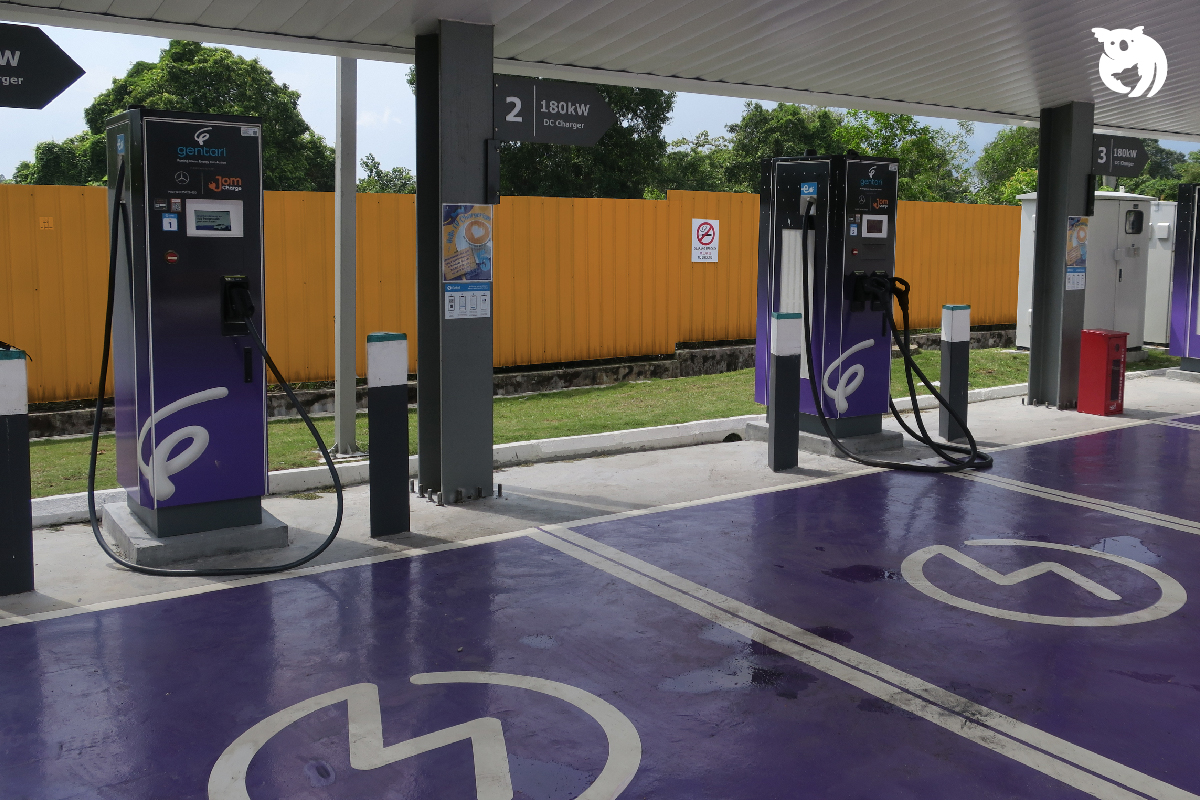Do you still sometimes hesitate or perhaps still confused whether to choose savings account or current account when you withdraw money at the ATM machine? You will likely encounter this when you use a non-primary bank to withdraw your money. Let’s find out what are the differences between current account and savings account that you must know.
Savings vs Current Account: What Do You Need to Know?
In general, an individual would possess either a savings account or a current account, or possibly both. It’s important for you to note that a person can have one basic savings account and one basic current account per bank, while Small and Medium Enterprises (SMEs) are permitted to open only one current account per bank. Aside from serving as a place to hold your funds, both accounts offer the benefit of:
- Business transactions at the counter;
- Use debit cards at the ATM;
- Interbank transfers using GIRO;
- Internet banking for bill payments.
What Is Current Account?
A current account allows you to deposit money and withdraw money at any time you like. However, a significant difference between a current account, unlike a savings account which doesn’t offer this benefit, is that it allows you to issue checks as a form of payment. Additionally, compared to a savings account, a current account has a higher minimum balance requirement.
Secondly, a current account is typically suitable for businesses, including firms, companies, public corporations, business owners, and others who have higher transaction volumes with the bank. So, if you own a business, you have to have a current account as your business account because it is an essential tool for managing the financial operations of a business, making payments, and keeping track of transactions, ensuring that the business runs smoothly.
In essence, a current account is a deposit account that enables cheque payments, distinguishing it apart from a savings account. Nevertheless, other than cheque writing and higher interest rates, current accounts share many similarities with savings accounts.
Who Can Open a Current Account?
Current accounts in Malaysia are available to individuals and various types of entities such as sole proprietors, partnerships, limited liability partnerships (LLPs), private limited companies (Sdn Bhd), and public listed companies. However, the specific requirements and documentation may differ depending on the bank and the type of account. Contact your bank directly to get accurate information on their requirements and the account opening process.
-
- Minimum age requirement is 18 years old;
- Open to Malaysian citizens and permanent residents;
- Joint accounts are allowed;
- Minimum initial deposit required is RM500 (depending on the bank);
- Deposits are protected by PIDM for up to RM250,000 for each deposit.
Benefits of Current Account
By opening a current account, you can not only deposit money but also reap various benefits such as:
1. Overdraft Facility
The overdraft facility allows you to withdraw more money than is available in your current account up to the credit limit set. It provides flexible access to cash and reduces the likelihood of cheques being returned as unpaid. However, it’s important to note that there will be additional fees charged for using the overdraft facility.
2. Personal Accident Insurance
You can also get personal accident insurance through a current account. For more information on this feature, please contact your bank representative.
3. Monthly Statements
Since you have access to free monthly statements, you can track all incoming and outgoing transactions, and you can rest and check your transactions on your mobile phone.
4. Guaranteed Safety
The Perbadanan Insurans Deposit Malaysia (PIDM) provides protection for bank deposits up to RM 250,000 in the event of the bank’s failure, such as bankruptcy. Visit this page for more details.

What Is Savings Account?
A savings account is an account that encourages you to save while earning interest on your deposits every month. Not only that, but you can also see the interest paid on your account if you check your bank account every month. Furthermore, a savings account works the same way as a current account where you can deposit and withdraw your money anytime you want as long as you have a debit or ATM card.
If you have a monthly income or are a salaried employee, it would be beneficial for you to open a savings account. Additionally, the Malaysia Deposit Insurance Corporation (PIDM) also protects your money up to RM250,000, so you don’t have to worry about keeping it here. As for the interest rate, the interest rate for a savings account is typically very low.
Who Can Open a Savings Account?
Savings accounts can be opened by individuals. However, the eligibility requirements and documentation may vary depending on the bank and the type of account. It’s advisable to contact the bank directly to get accurate information on their requirements and the process of opening a savings account.
-
- Open to all Malaysian citizens and permanent residents;
- Personal or joint accounts are permitted;
- The minimum initial deposit is RM20;
- Deposits are protected by Perbadanan Insurans Deposit Berhad (PIDM) for up to RM250,000 for each deposit.
Benefits of Savings Account
Opening a savings account provides the opportunity not only to save money but also to earn interest on the deposited amount. Here are some of the benefits:
1. Effective Financial Management
By opening a savings account, you can manage your finances effectively as it allows you to keep track of all incoming and outgoing transactions, along with the interest rate earned on the deposited amount.
2. Emergency Purposes
Your savings account can serve as an emergency fund, allowing you to withdraw money at any time to pay for unexpected expenses. Thus, in the event of an unforeseen emergency, you can access the funds in your savings account to cover certain costs.
3. Guaranteed Safety
If something unfortunate happens to the bank, such as bankruptcy, you can rest assured that your bank deposits up to RM 250,000 are protected by the PIDM.
4. Earn Interest
While the interest rate for savings accounts may be lower, it is still possible to earn a modest amount of money over time. Despite not meeting your expected interest rate, it is still worthwhile as you will be earning interest on your savings.

Comparing the Differences Between Savings and Current Account
| Current Account | Savings Account |
| To manage day-to-day transactions and expenses. | To save money. |
| Deposit and withdraw money at any time using cheque books, ATM cards, and other methods. | Deposit and withdrawal at any time while earning interest. |
| The interest rates for current accounts are usually lower than those for Savings Accounts, ranging from zero percent to as low as 0.05 percent per year. | Savings accounts usually offer higher interest rates compared to current accounts, with rates ranging from 0.1 percent to four percent per year, depending on the bank and account type. |
| Unlimited transactions per day and per month. | Limited transactions per day and per month |
|
|
The bottom-line is utilizing both types of accounts can offer a complete financial management solution as they each have unique advantages. Savings accounts generally come with ATM or debit cards for easy access to cash withdrawals and bill payments, while opening a current account might be necessary if you need to use checks.

 EN
EN
 MY
MY








